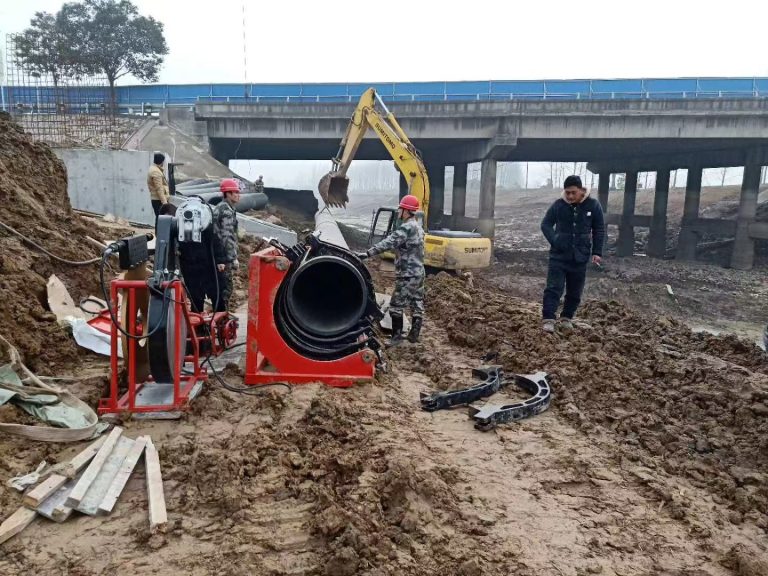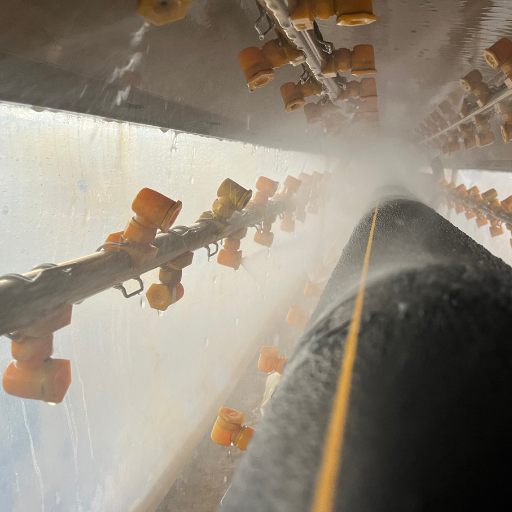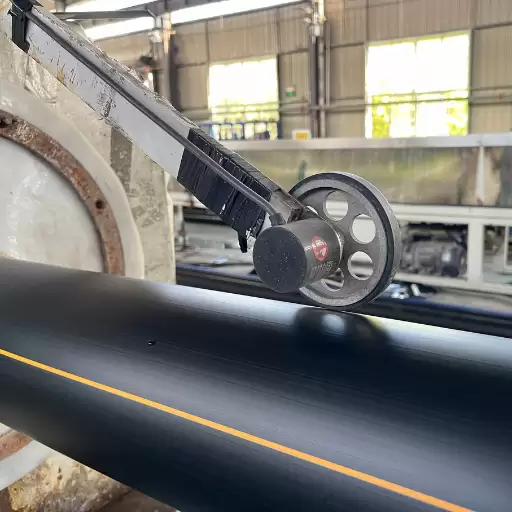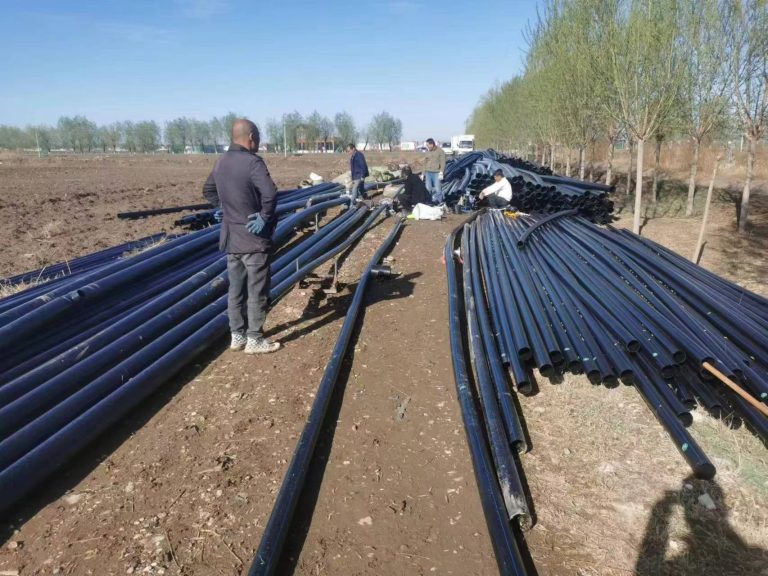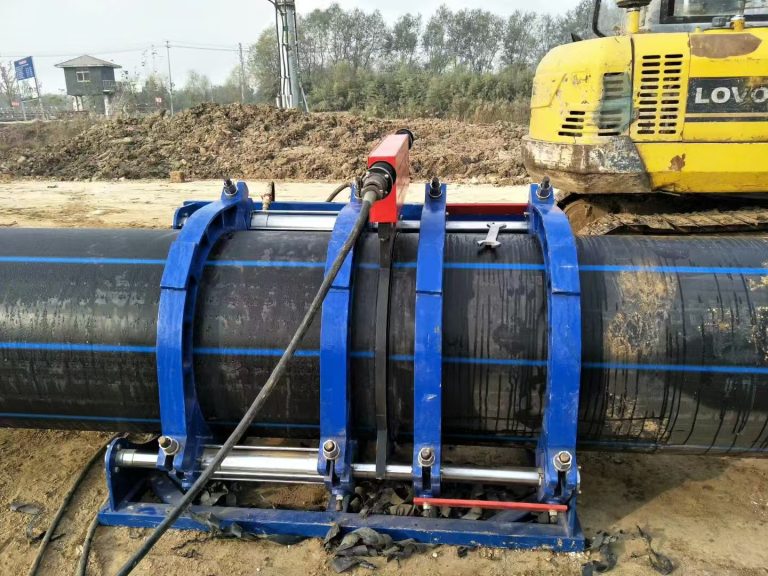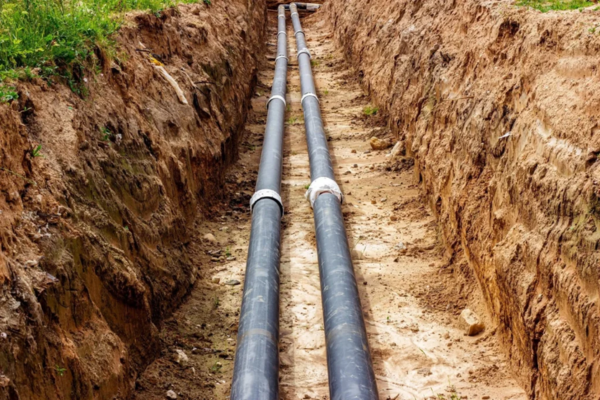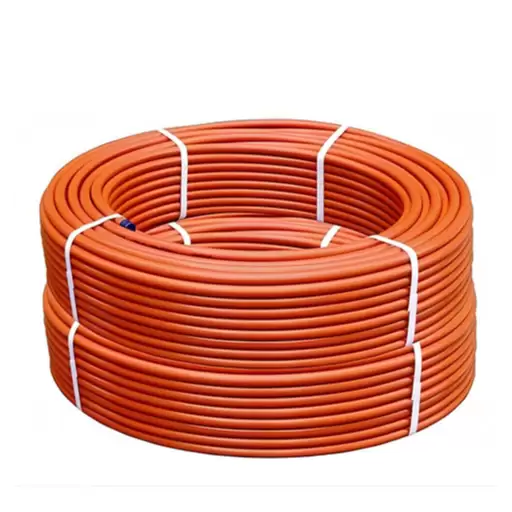HDPE Dredging Pipe
Key Features of HDPE Dredging Pipe
Light Weight: HDPE dredging pipes are only one-eighth the weight of steel pipes, making them easier and more efficient to transport, install, and dismantle. They are connected using flanges and bolts, which facilitates easy maintenance and replacement.
Great Flexibility and Tensile Strength: These pipes do not break under internal or external force impact and have excellent resistance to stormy waves. They can be bent into circles comprising 4-8 pieces in water and can be connected directly on land as long as the angle does not exceed 30 degrees.
Excellent Wear-Resistance: The wear-resistance of HDPE dredging pipes is 4-8 times greater than that of steel pipes. Combined with their anti-UV and anti-aging properties, they can typically be used for 5-8 years, depending on sand content.
Easy Installation and High Efficiency: The pipes are assembled with metal flanges at both ends and connected by bolts and flanges, ensuring they do not deform or leak during installation and disassembly, thus maintaining high engineering efficiency.
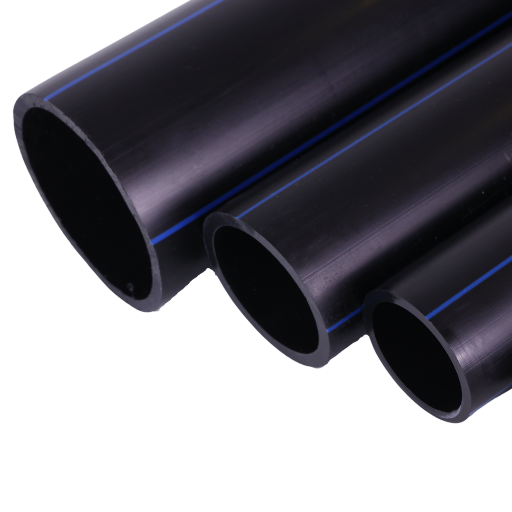
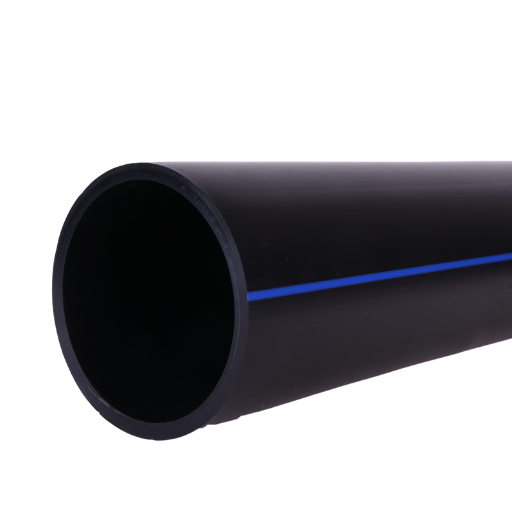
Smooth Inner and Outer Walls: These pipes have smooth walls and a tiny friction coefficient, which increases their transmission efficiency by 20-30% compared to steel pipes.
Wide Workable Temperature Range: HDPE dredging pipes can operate in temperatures ranging from -40°C to 60°C, allowing them to adapt to harsh weather and fluctuating temperatures.
Cost Efficiency: Whether used on land or in water, HDPE dredging pipes offer a lower total engineering cost and higher efficiency compared to other types of pipes.
Applications: These pipes are used in various fields such as delivering powder and coal ash in thermal power plants, transporting mine tailings and slurry in the mining industry, and in dredging projects or sand suction projects for delivering sand, mud, and slurry.
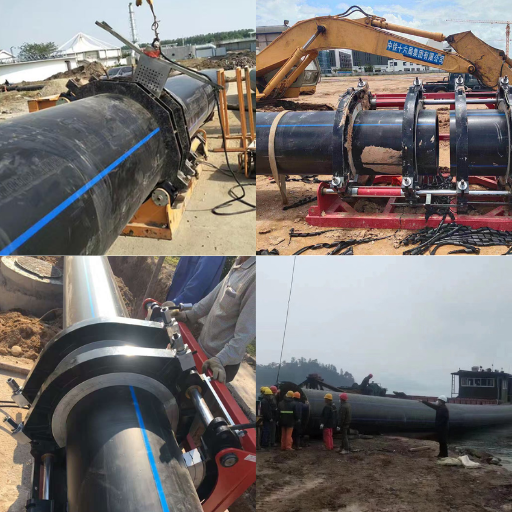
Applications of Dredging Hdpe Pipe
Delivering Powder and Coal Ash in Thermal Power Plants: HDPE dredging pipes are used to transport powder and coal ash effectively in thermal power plants.
Transporting Mine Tailings and Slurry in the Mining Industry: These pipes are suitable for delivering mine tailings and slurry in metallurgical mines and the broader mining industry.
Coal Industry: They are used in coal preparation plants for delivering pulverized coal and coal-water slurry.
Chemical Industry: HDPE dredging pipes are employed to transport mud, slag, and other corrosive media.
Oil and Petroleum Transportation: These pipes are also used for delivering crude oil and petroleum.
Dredging Projects or Sand Suction Projects: In dredging or sand suction projects, HDPE pipes are used for delivering sand, mud, slurry, and are also applicable in seawater treatment projects.
Specification For HDPE Dredge Pipe
| ID (mm) | OD (mm) | Working Pressure (Mpa) | Burst Pressure (Mpa) |
|---|---|---|---|
| 150 | 170 | 1.0 | 2.0 |
| 200 | 226 | 1.0 | 2.0 |
| 250 | 284 | 1.0 | 2.0 |
| 300 | 340 | 1.0 | 2.0 |
| 350 | 396 | 1.0 | 2.0 |
| 450 | 510 | 1.0 | 2.0 |
| 550 | 624 | 1.0 | 2.0 |
| 600 | 680 | 1.0 | 2.0 |
| 650 | 737 | 1.0 | 2.0 |
| 700 | 794 | 1.0 | 2.0 |
| 800 | 906 | 1.0 | 2.0 |
| 1000 | 1134 | 1.0 | 2.0 |
| 1200 | 1360 | 1.0 | 2.0 |
| 1400 | 1586 | 1.0 | 2.0 |
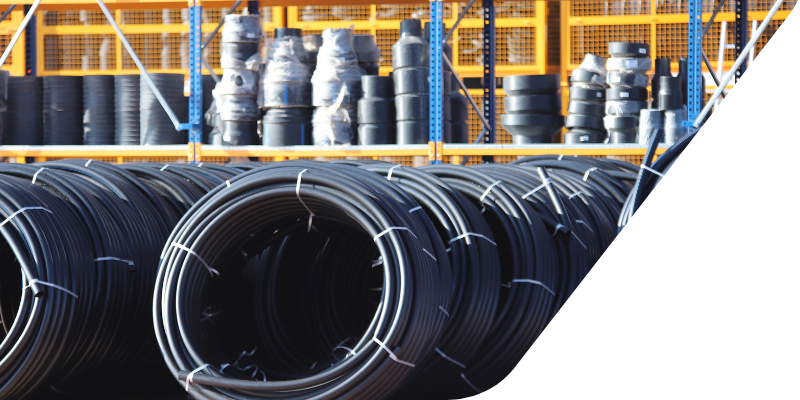
High-density polyethylene (HDPE) dredging pipes are indispensable in dredging and sediment transport because of their toughness, flexibility, and resistance to wear and corrosion. As industries seek efficient and sustainable solutions to material handling, understanding the characteristics, benefits, and uses of HDPE dredging pipes becomes vital.
Properties of HDPE Pipe For Dredge and Parameters
| Property | Requirement |
|---|---|
| Specific Gravity (g/cm³ at 20°C) | 0.941-0.965 |
| Longitudinal Reversion (%) at 110°C | ≤3 |
| Oxidation Induction Time (min at 200°C) | ≥20 |
| Extension Rate at Break (%) | ≥350 |
| Melt Mass Flow Rate (g/10min at 195°C, 5kg) | Change of MFR by processing ±20% |
| Hydrostatic Strength: | |
| - Hoop Stress at 20°C (100h): PE100 12.4Mpa, PE80 9.0Mpa | No Failure |
| - Hoop Stress at 80°C (165h): PE100 5.4Mpa, PE80 4.5Mpa | No Failure |
| - Hoop Stress at 80°C (1000h): PE100 5.0Mpa, PE80 4.0Mpa | No Failure |
HDPE Dredging Pipe Fittings Catalog
Pipeline Related Articles
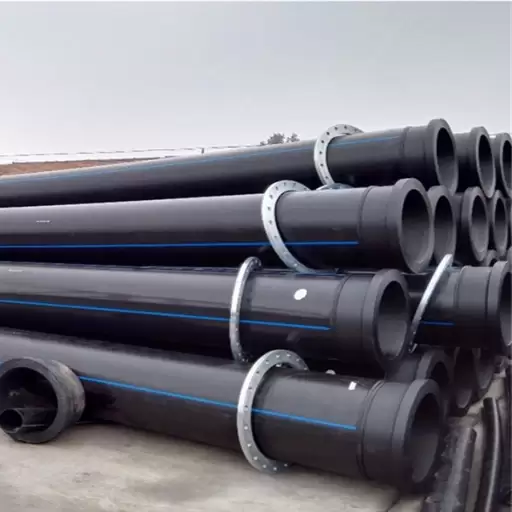
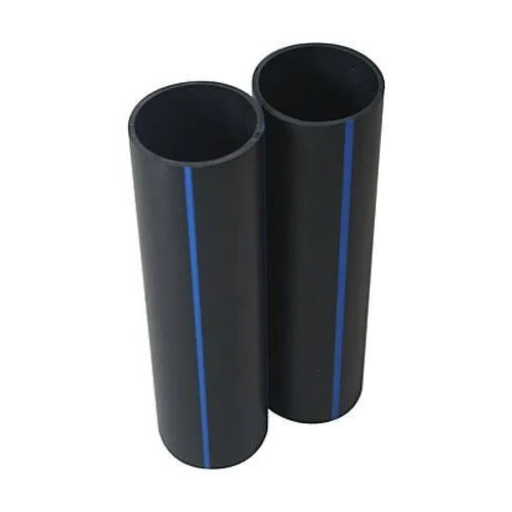
The Question
Common FAQ
Explore comprehensive information regarding HDPE Dredging Pipe. Don’t hesitate to reach out to us for any inquiries.
Q: What is an HDPE Dredging Pipe?
A: HDPE Dredging Pipe is made from high-density polyethylene and is commonly used in dredging operations. It is preferred due to its durability, flexibility, and resistance to impact.
Q: Why is high-density polyethylene used in dredging pipes?
A: High-density polyethylene material is used in dredging pipes because it offers superior durability, flexibility, and resistance to harsh environmental conditions, making it ideal for dredging projects.
Q: How are HDPE dredging pipes manufactured and welded?
A: HDPE dredging pipes are manufactured and welded using high-density polyethylene. They often come with welded HDPE flange adapters or steel flanges for easy connection and assembly.
Q: What are the advantages of using HDPE pipes for dredging?
A: Advantages include high durability, resistance to corrosion, flexibility, and ease of transport. HDPE dredging pipes are also economical and have a long service life.
Q: How are HDPE pipes connected in dredging operations?
A: HDPE pipes are typically connected using two HDPE flange adapters, two steel flanges, or HDPE flanged pipe connections. This allows for secure and leak-free joints.
Q: What are the typical applications of HDPE dredging pipes?
A: HDPE dredging pipes are commonly used in dredge of mud, mining projects, and specific agricultural applications where high durability and flexibility are required.
Q: Where can I buy the best quality HDPE dredging pipes?
A: To buy the best quality HDPE dredging pipes, it’s recommended to look for reliable suppliers and manufacturers in China, which is known for producing high-quality pipes and fittings at competitive factory prices.
Q: Why are HDPE dredger pipes preferred for agricultural applications?
A: HDPE dredger pipes are preferred for agricultural applications due to their high impact resistance, chemical resistance, and long lifespan, making them ideal for demanding agrarian environments.
Q: What makes HDPE pipes durable and suitable for dredging?
A: HDPE pipes’ durability comes from the high-density polyethylene material, which provides excellent resistance to abrasion, chemicals, and UV radiation, making them perfect for demanding dredging operations.

